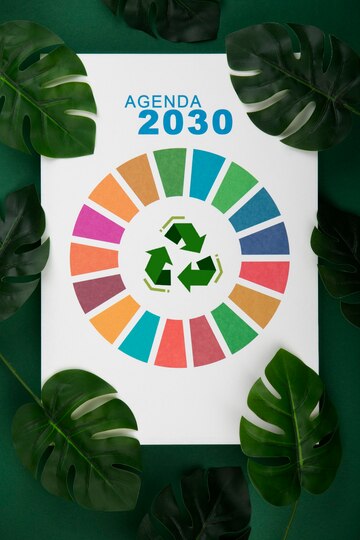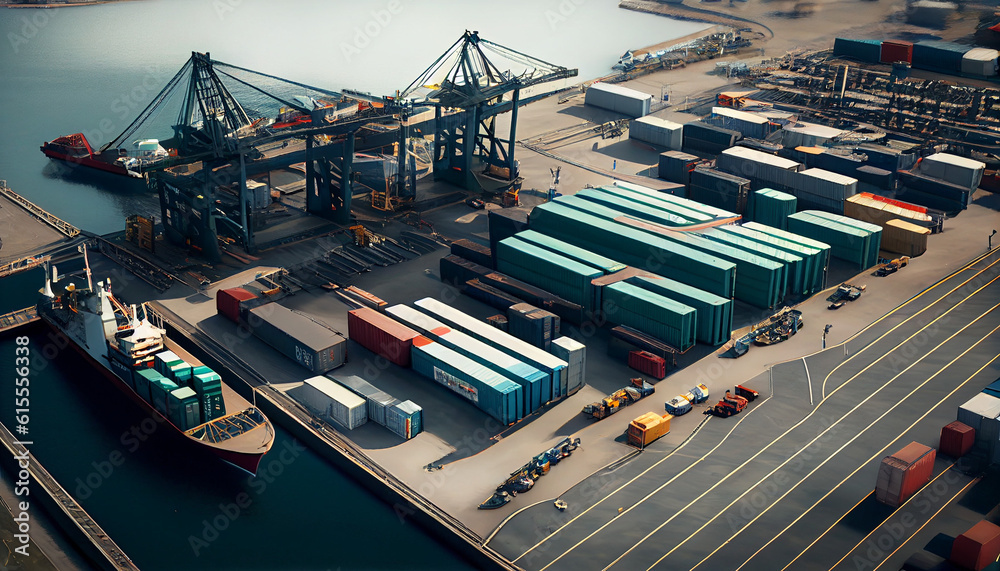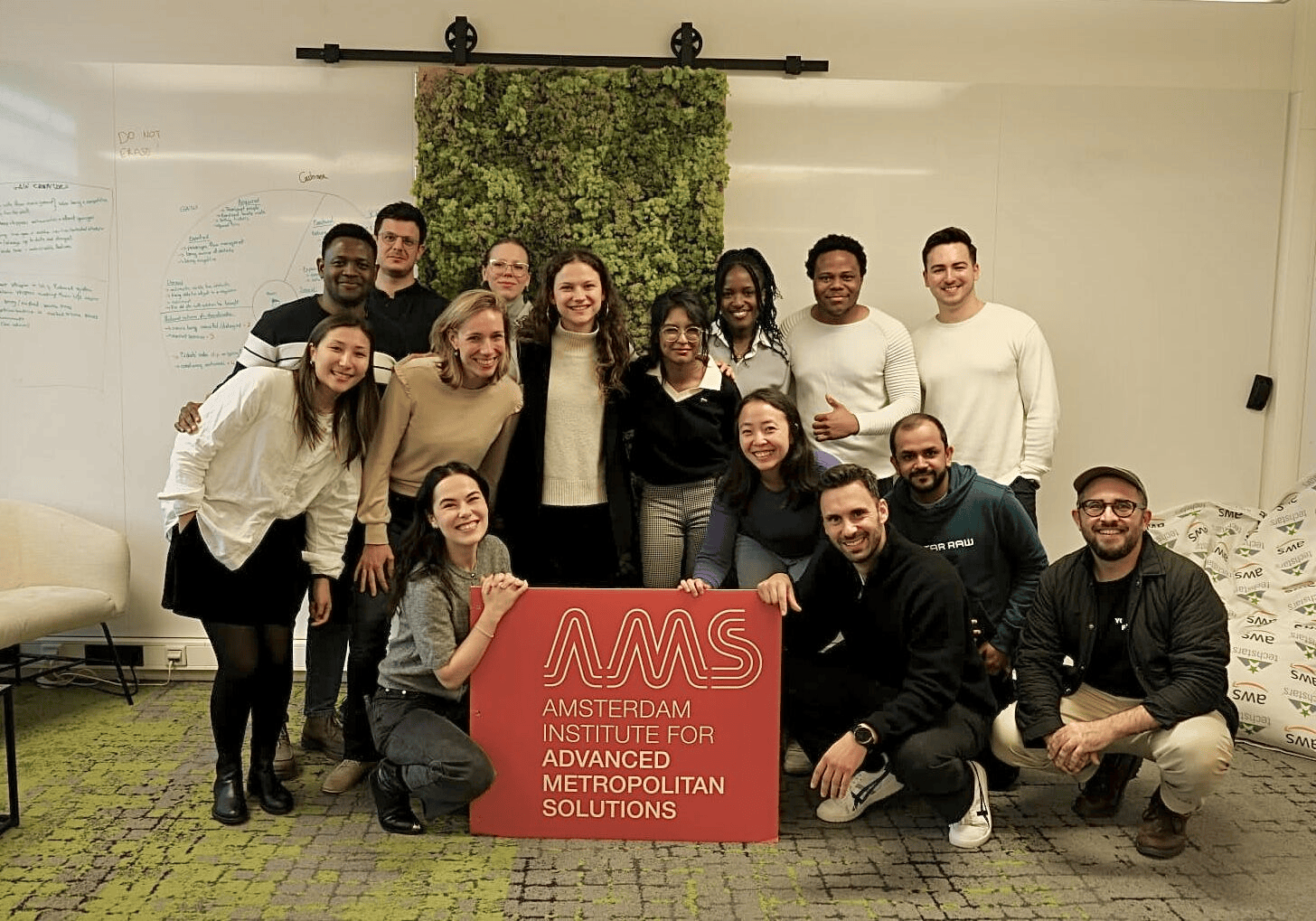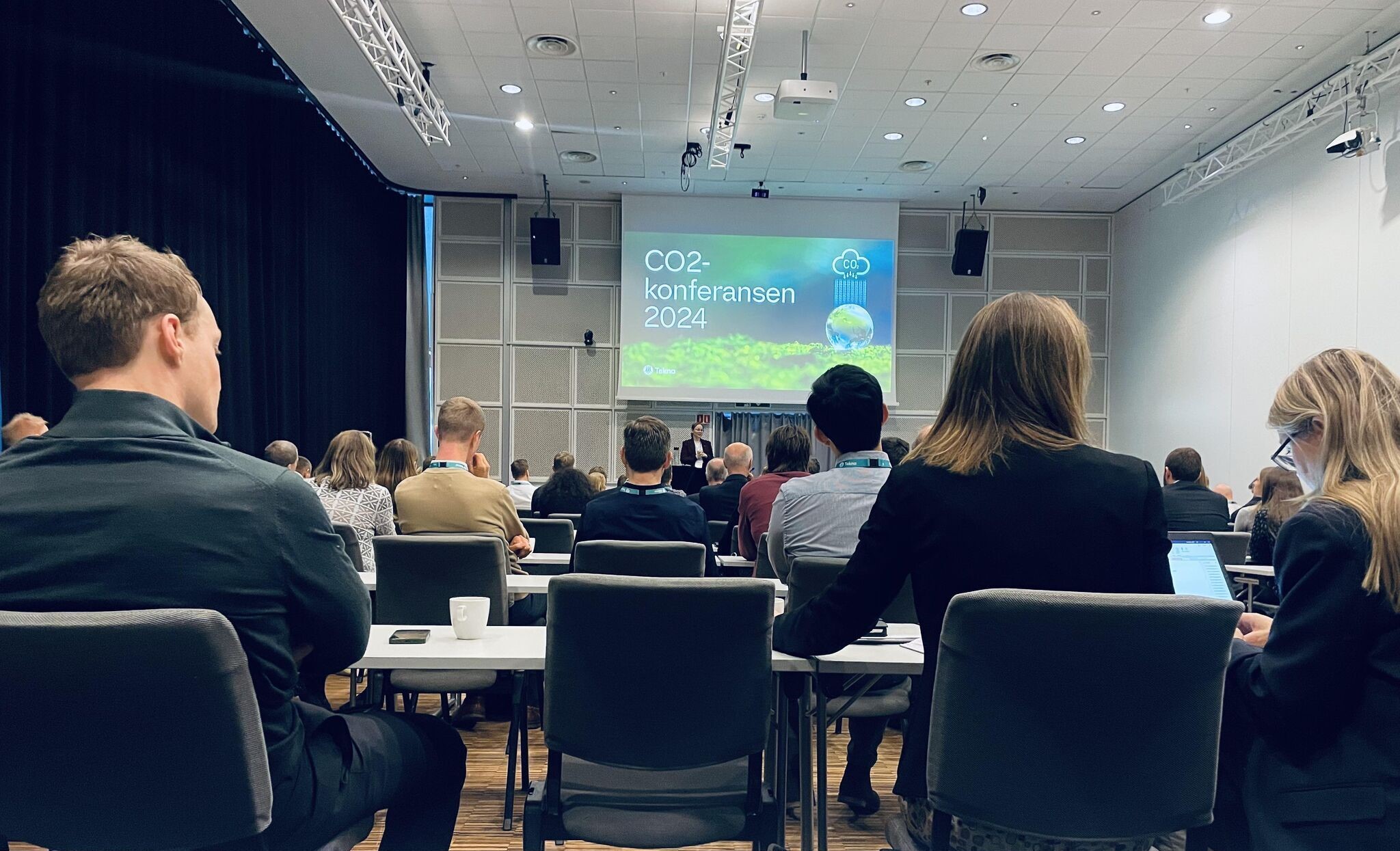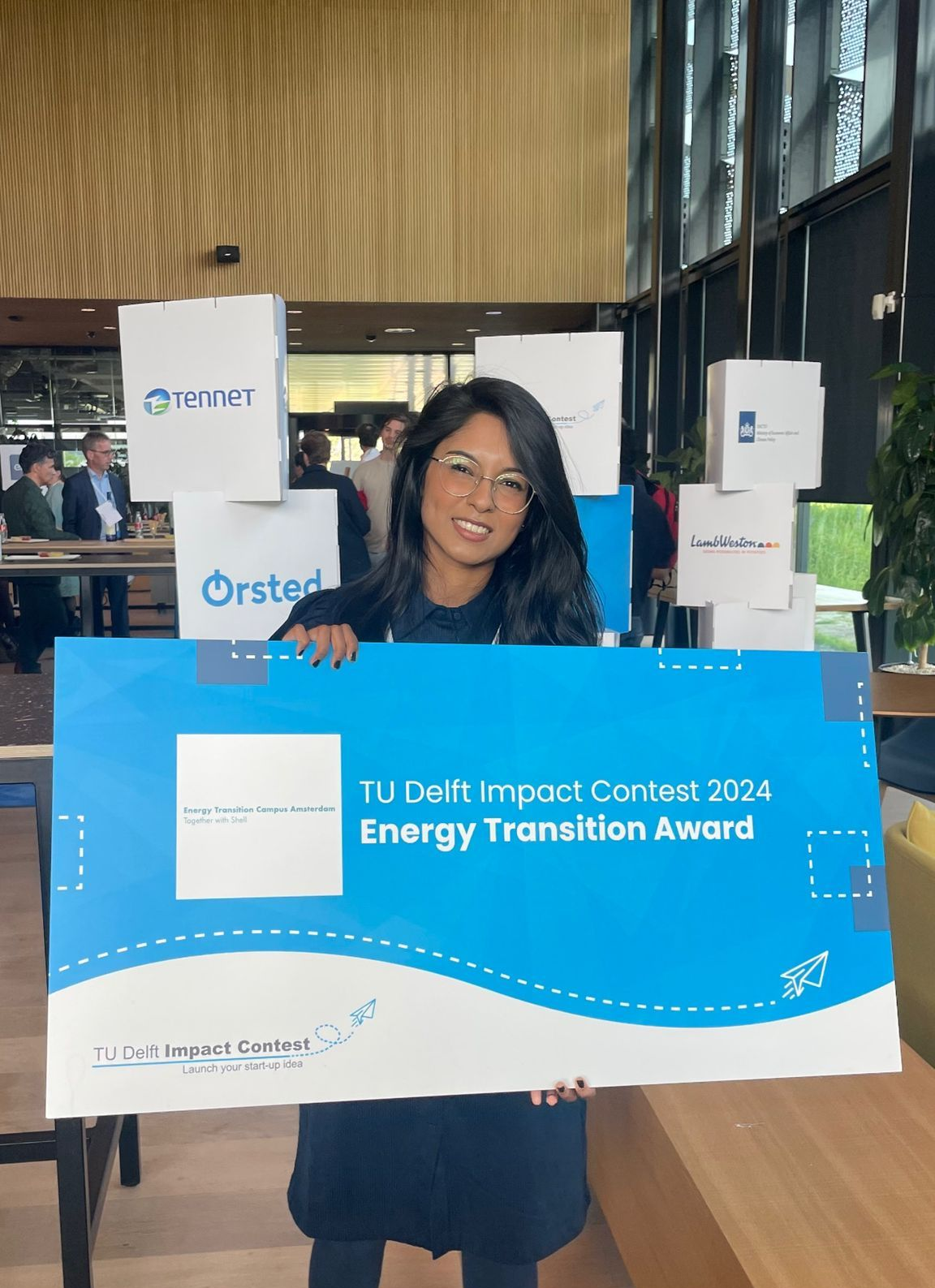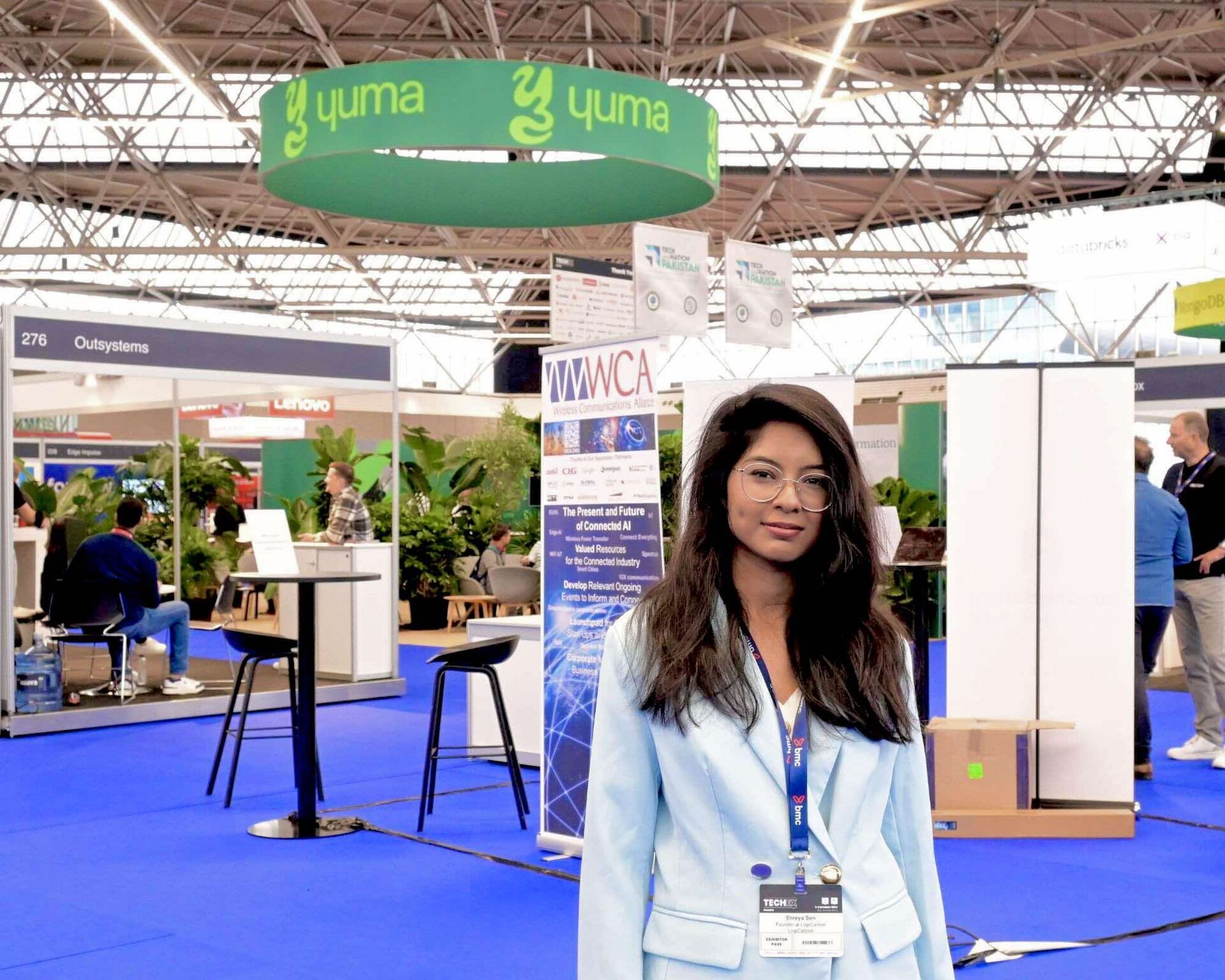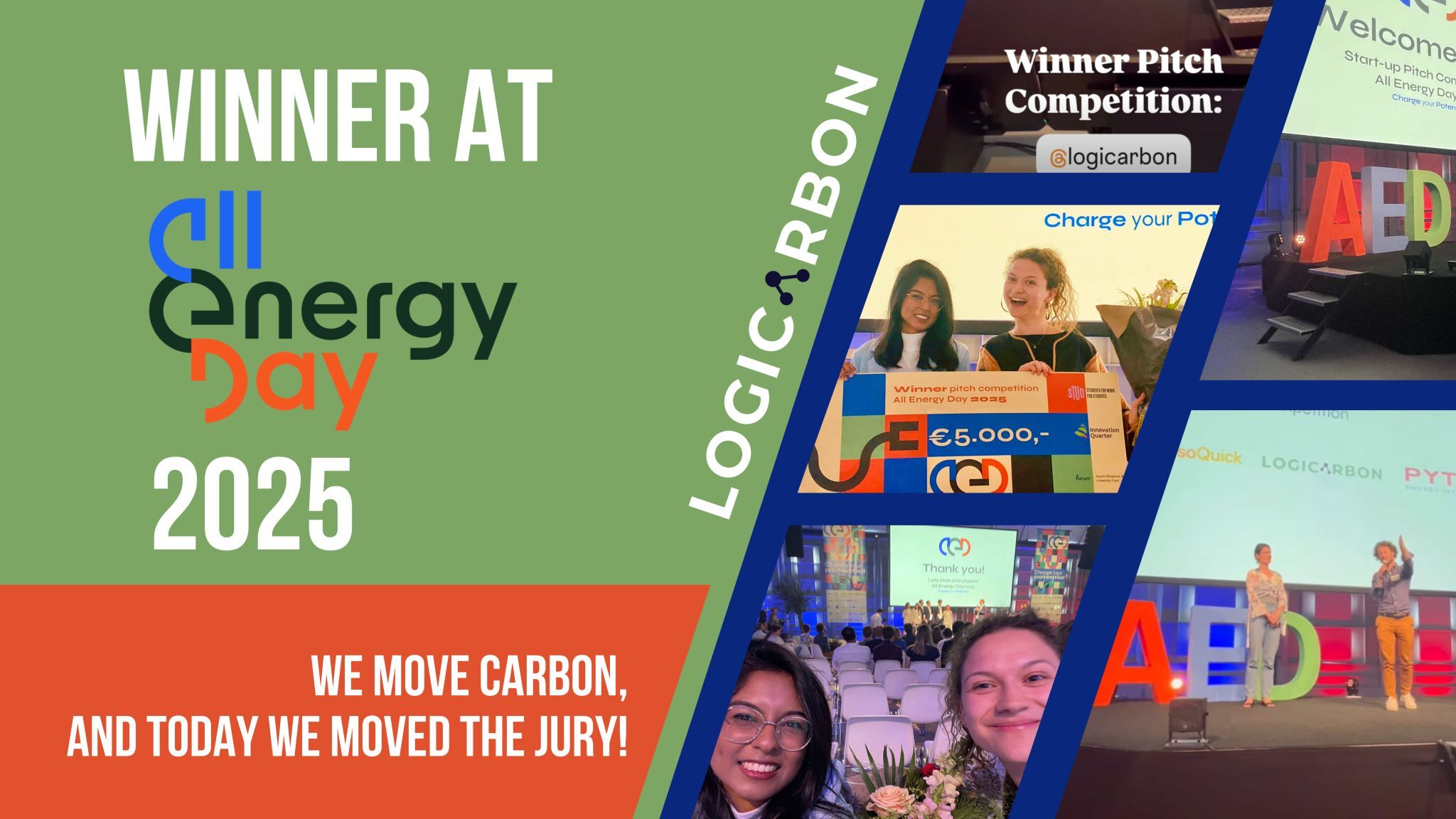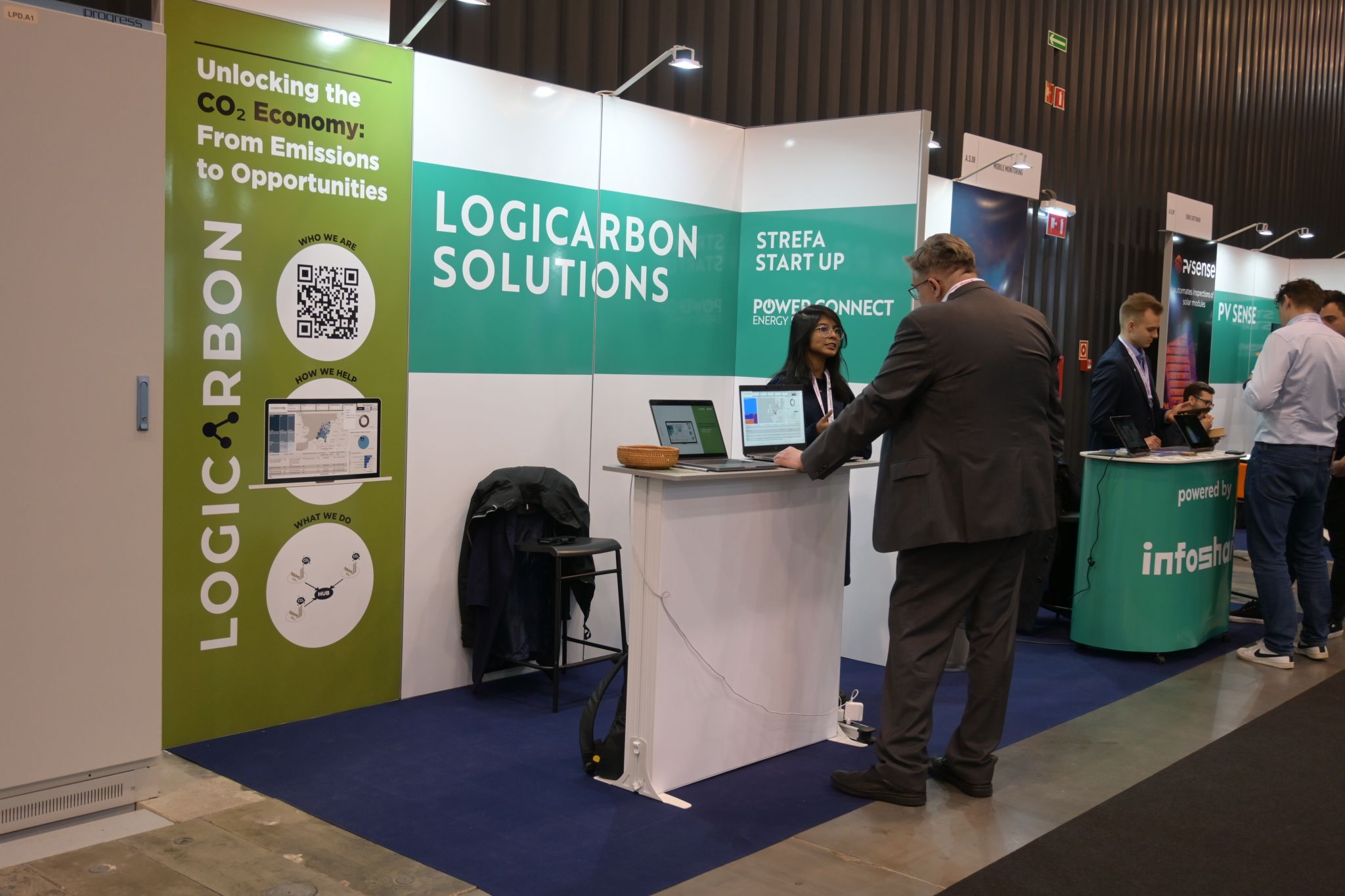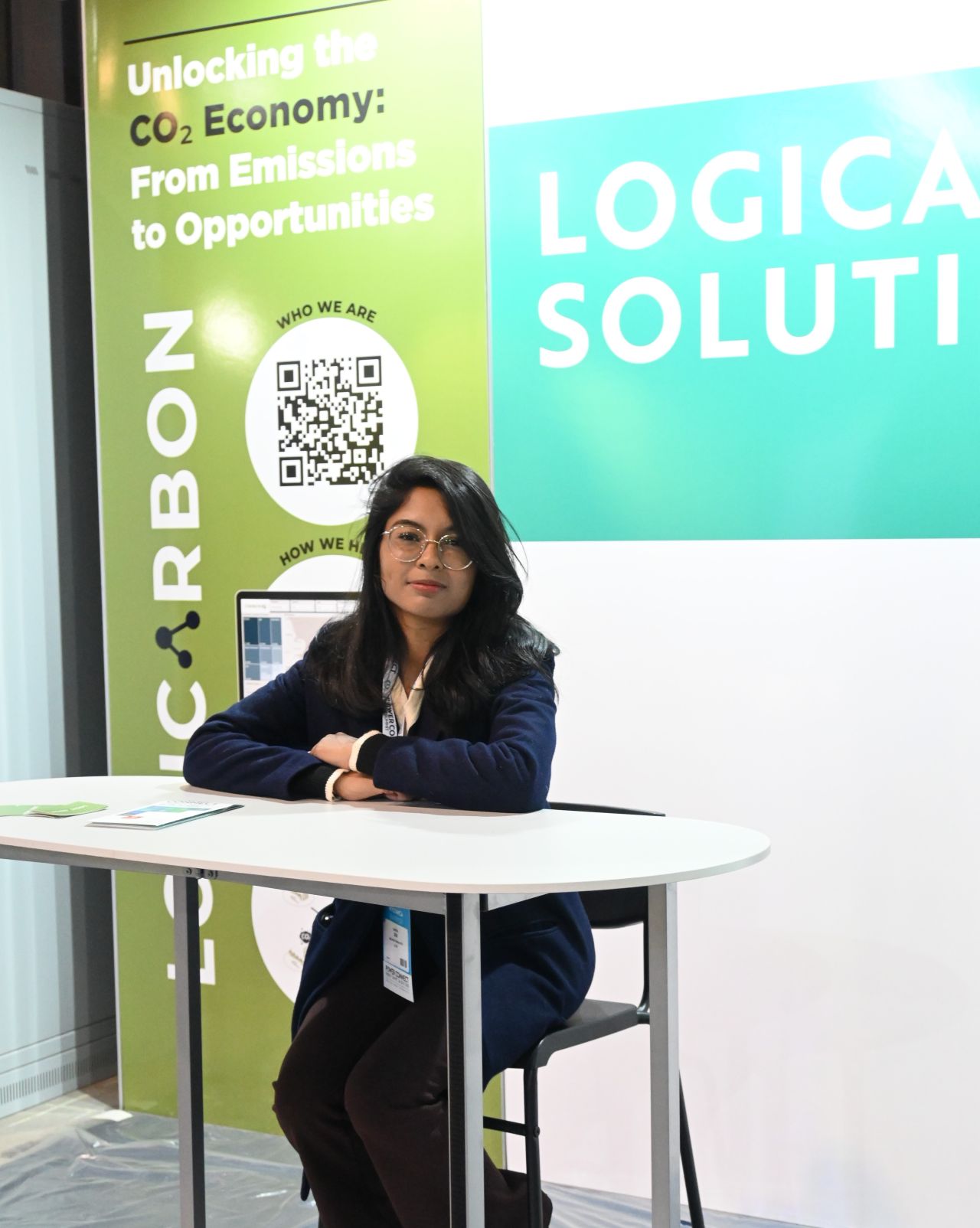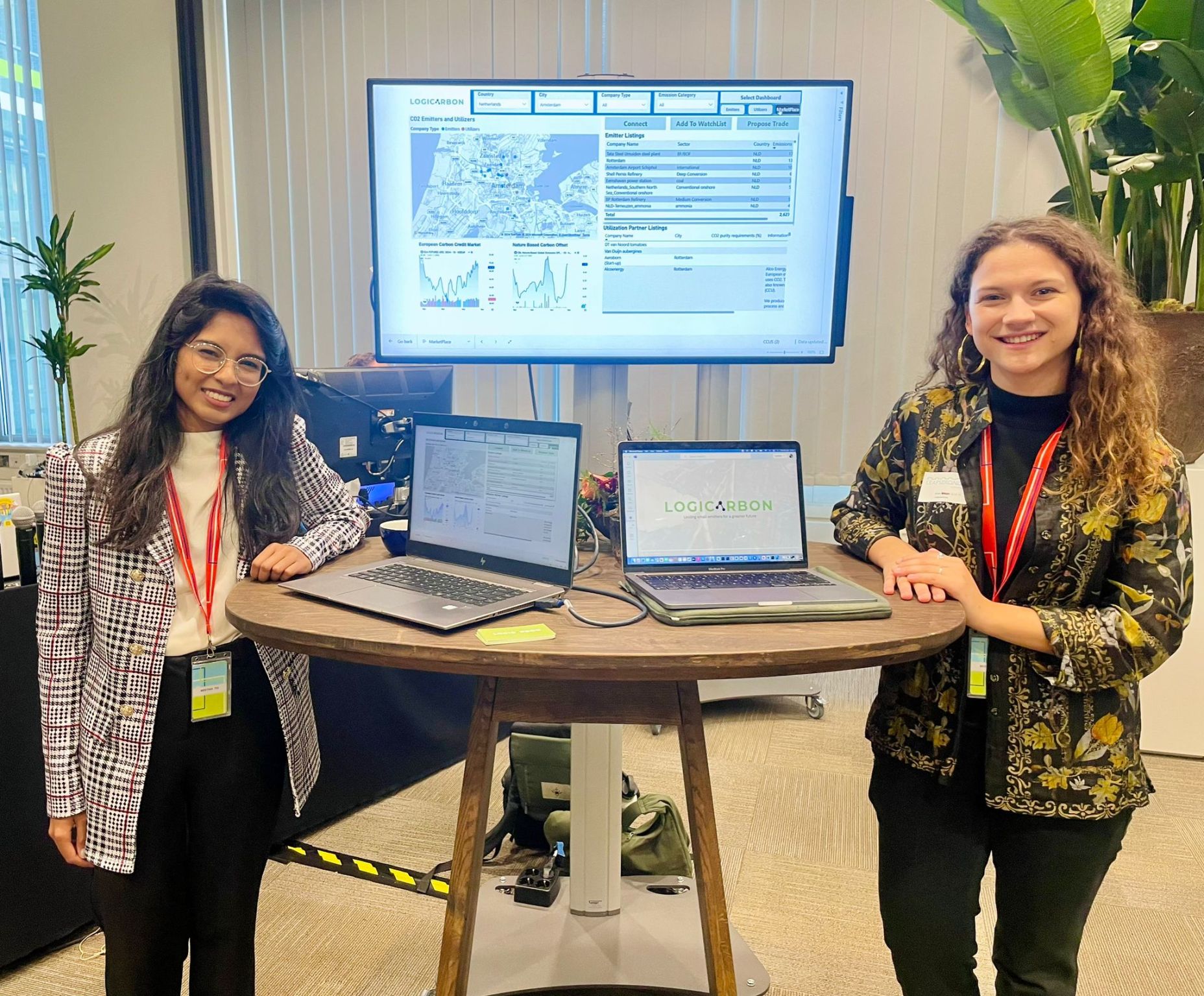The Netherlands, like much of Europe, has set ambitious climate targets for 2030, aiming to significantly reduce greenhouse gas emissions and transition to a low-carbon economy. A critical part of this effort focuses on mid-size emitters, which encompass a wide range of industries and sectors. These emitters include small and medium-sized industrial facilities, manufacturing plants, food processing units, logistics hubs, and institutions like universities and hospitals.
Although their individual carbon output is smaller than that of major industrial giants, collectively, mid-size emitters contribute a substantial portion of the country’s CO2 emissions. To meet the 2030 climate goals, the Netherlands is deploying several strategies and technologies to help these mid-size players reduce their carbon footprint. Carbon capture and storage (CCS), carbon capture and utilization (CCU), and carbon-neutral technologies are at the forefront of these efforts.
The Challenge of Mid-Size Emitters
Mid-size emitters in the Netherlands face unique challenges when it comes to reducing CO2 emissions:
- Lack of Economies of Scale: While large companies can spread the costs of carbon capture technology across vast operations, mid-size emitters operate at a smaller scale, making individual carbon capture investments less financially viable.
- Diverse Industrial Processes: Unlike large sectors like power generation, mid-size emitters span various industries with different emission profiles, making it harder to implement a one-size-fits-all solution.
- Financial Constraints: Many mid-size emitters do not have the same resources as larger corporations to invest in cutting-edge carbon reduction technologies.
To tackle these challenges, the Dutch government and industry players are developing shared infrastructure and flexible carbon capture solutions tailored to mid-size emitters.
Solutions for Mid-Size Emitters in the Netherlands
- CO2 Capture Hubs One of the most promising solutions for mid-size emitters in the Netherlands is the development of CO2 capture hubs. These hubs, sometimes referred to as “clusters,” are designed to serve as centralized points where multiple companies can send their CO2 emissions for capture, storage, or utilization. The shared infrastructure enables economies of scale, lowering costs for smaller emitters.The Port of Rotterdam is a key location for this approach. The port is developing a carbon capture, utilization, and storage (CCUS) hub called Porthos (Port of Rotterdam CO2 Transport Hub and Offshore Storage). This project will collect CO2 from various emitters in the region, including mid-size industries, and transport it via pipelines to empty gas fields in the North Sea for storage. By providing centralized infrastructure, Porthos enables mid-size emitters in the Rotterdam area to participate in large-scale carbon capture initiatives.H-Vision, another initiative based in Rotterdam, is focused on using low-carbon hydrogen (blue hydrogen produced from natural gas with CCS) to decarbonize the industrial sector. This initiative provides opportunities for mid-size emitters to reduce CO2 emissions by adopting hydrogen as a fuel source.
- Carbon Capture and Utilization (CCU) Carbon Capture and Utilization (CCU) is also being explored as a solution for mid-size emitters. In this process, captured CO2 is used as a raw material for producing fuels, chemicals, or other valuable products, rather than being stored underground. For example, captured CO2 can be used in the production of synthetic fuels or in horticulture, where it is pumped into greenhouses to boost plant growth.The Dutch chemical sector, which includes many mid-size emitters, is exploring ways to integrate CCU technology into their operations. By transforming CO2 into a valuable input rather than waste, these companies can both reduce emissions and create new revenue streams.
- Electrification and Renewable Energy Integration As part of the 2030 climate goals, mid-size emitters in the Netherlands are also moving toward electrification of their processes. The Dutch government has set ambitious targets to increase the share of renewable energy in the energy mix, with wind and solar power being key contributors.By transitioning from fossil fuel-based energy to electricity generated from renewable sources, mid-size emitters can significantly reduce their carbon footprint. For example, the Dutch horticulture sector, which includes mid-size greenhouses that traditionally rely on natural gas for heating, is increasingly turning to electric heating and geothermal energy. This shift is supported by government subsidies and investment in renewable energy infrastructure.
- Government Incentives and Support Programs The Dutch government plays a crucial role in supporting mid-size emitters to meet the 2030 climate targets. Through policies like the SDE++ (Stimulering Duurzame Energieproductie en Klimaattransitie) subsidy scheme, businesses are incentivized to invest in renewable energy, energy efficiency measures, and carbon capture technologies.In addition to financial incentives, the Netherlands is also focusing on public-private partnerships to accelerate the adoption of carbon capture solutions. Initiatives like VoltaChem, a program that fosters collaboration between industry, academia, and government, are helping mid-size emitters explore the potential of electrification, hydrogen, and CCS.
- Digitalization and Smart Technologies To improve energy efficiency and monitor emissions, mid-size emitters are increasingly adopting digital technologies and automation. These tools enable real-time monitoring of CO2 emissions, optimize energy use, and identify opportunities for carbon reduction. The integration of smart technologies, such as AI and IoT, is helping industries to decarbonize faster while improving their operational efficiency.
The Path to 2030: Opportunities and Challenges
While progress is being made, the path toward achieving the Netherlands’ 2030 climate goals is not without challenges. For mid-size emitters, the main hurdles include the initial capital required for transitioning to carbon-neutral technologies and the complexity of retrofitting existing facilities to adopt new systems.
To overcome these challenges, it is crucial for the Dutch government to continue offering financial and regulatory support, alongside investments in research and innovation. Collaboration between industries, research institutions, and public entities will be key to unlocking new technological solutions that can reduce costs and make carbon capture accessible to mid-size emitters.
Moreover, as the Netherlands continues to develop CO2 transport and storage networks, the integration of smaller players into these systems will be essential for achieving the full potential of the country’s carbon capture strategy.
Conclusion: A Holistic Approach for Mid-Size Emitters
The Netherlands’ climate goals for 2030 require a multi-faceted approach that includes carbon capture hubs, CCU technologies, electrification, renewable energy adoption, and government-backed incentives. For mid-size emitters, these solutions offer pathways to significant carbon reduction without the need for costly standalone systems.
By embracing shared infrastructure, innovative technologies, and government-supported programs, mid-size emitters in the Netherlands can contribute to the country’s overall decarbonization efforts while remaining competitive in a rapidly changing economic landscape. The 2030 goals may be ambitious, but with continued collaboration and innovation, mid-size emitters are positioned to play a crucial role in the Netherlands’ transition to a low-carbon future.
At Logicarbon, we stay at the forefront of sustainable solutions and innovations, supporting businesses in achieving their climate goals. Through our expertise in carbon capture, energy efficiency, and green technologies, we help mid-size emitters in the Netherlands and beyond reduce their environmental impact and align with the global drive toward sustainability.

